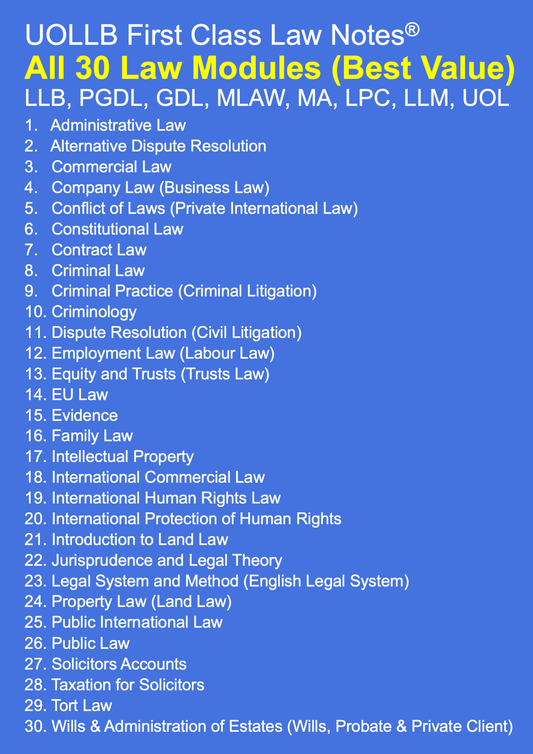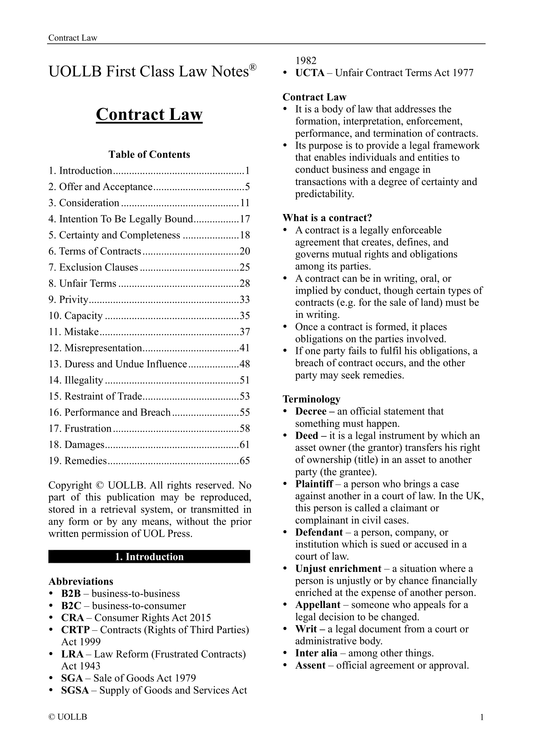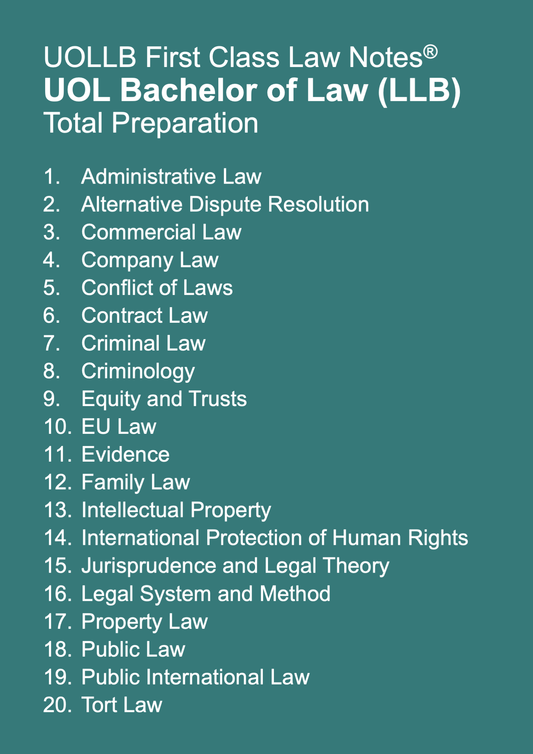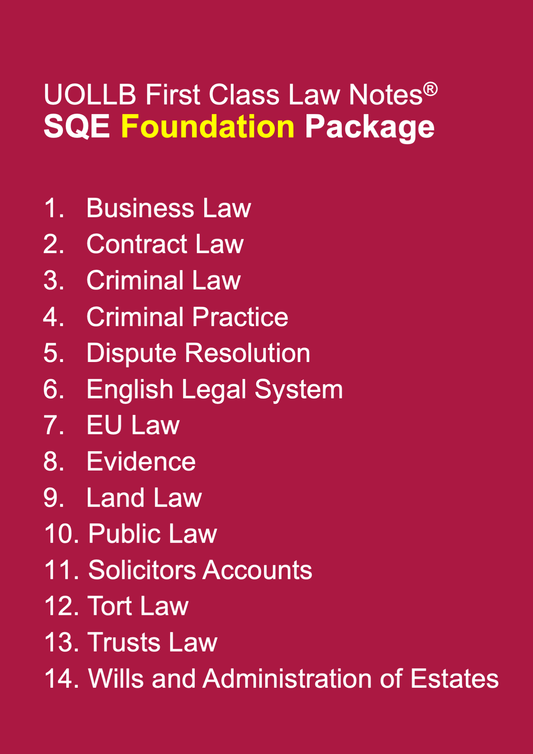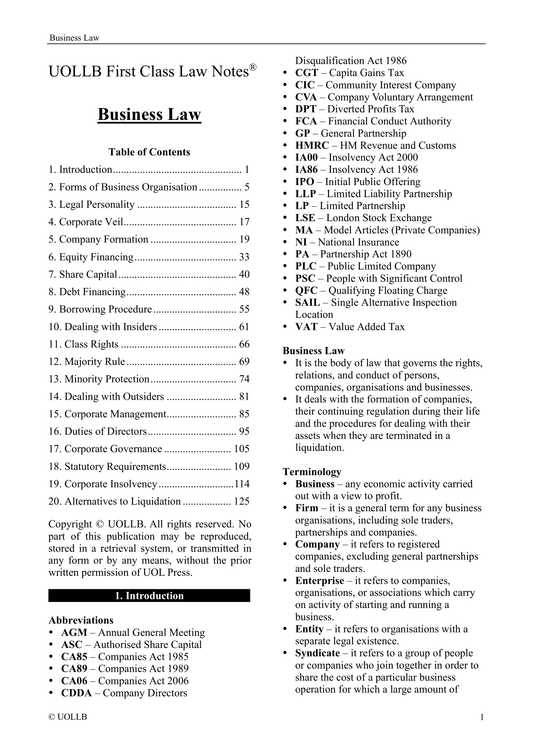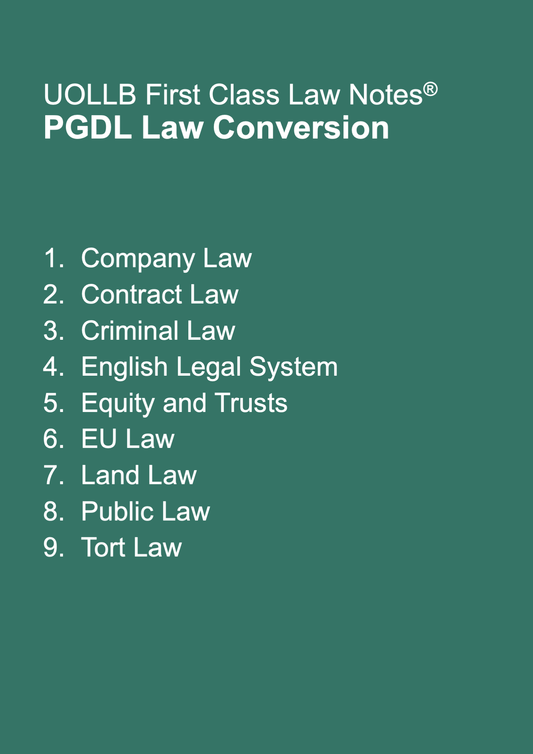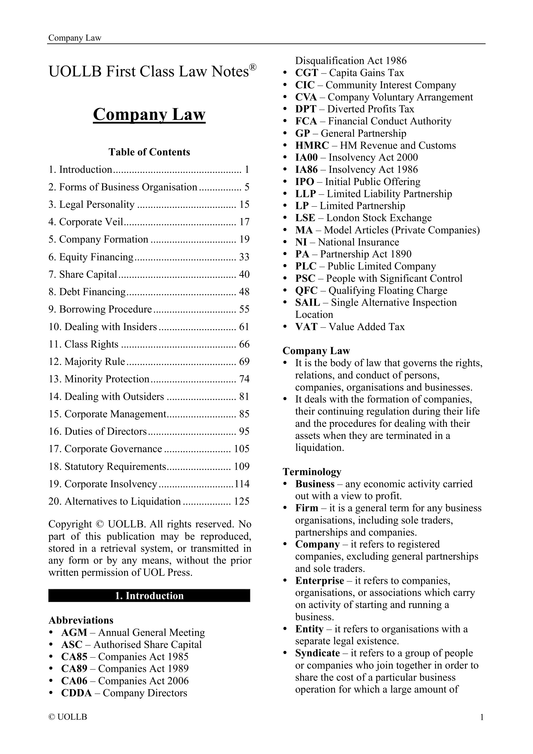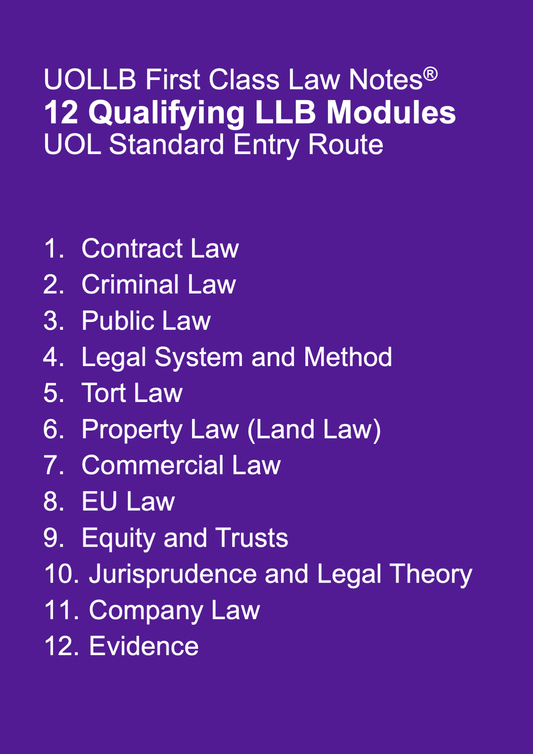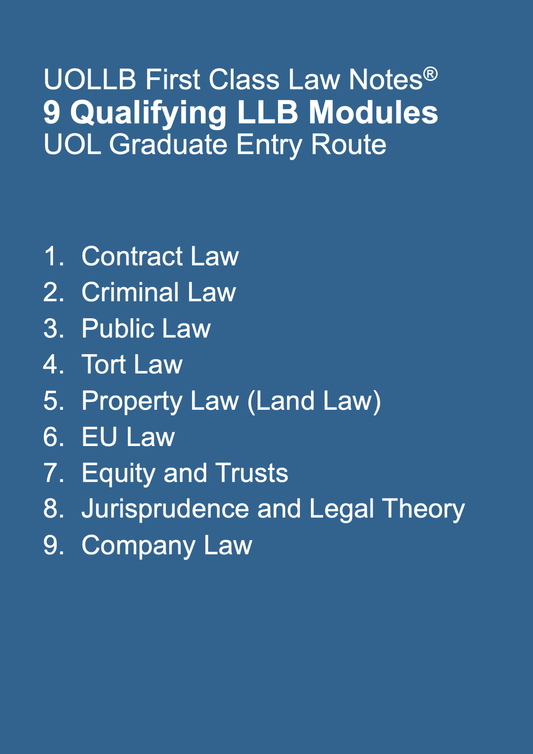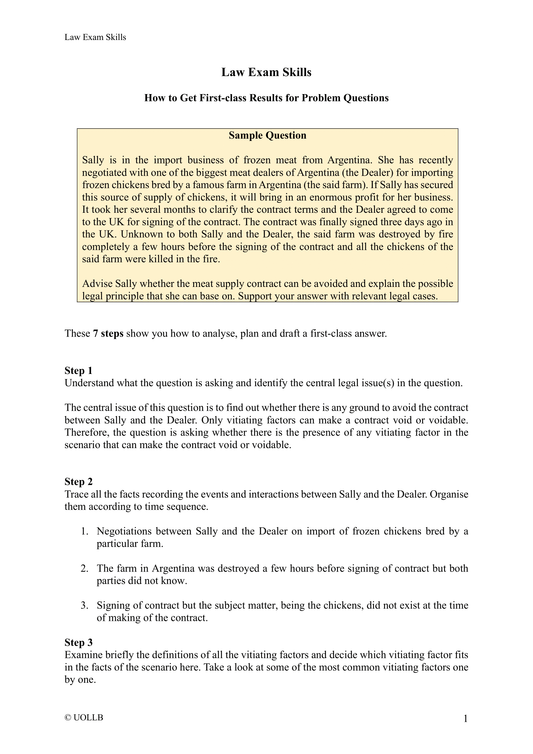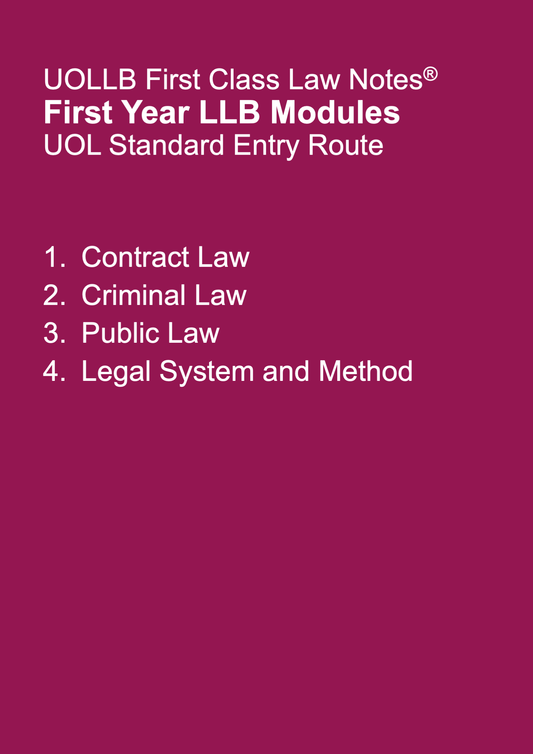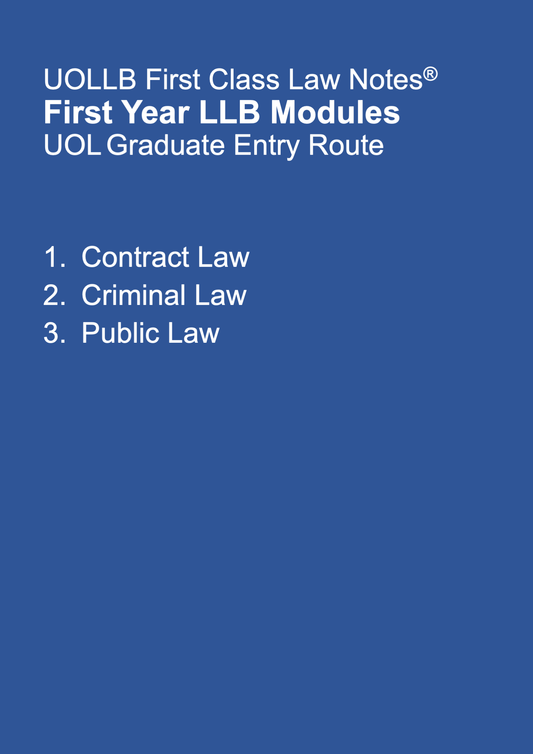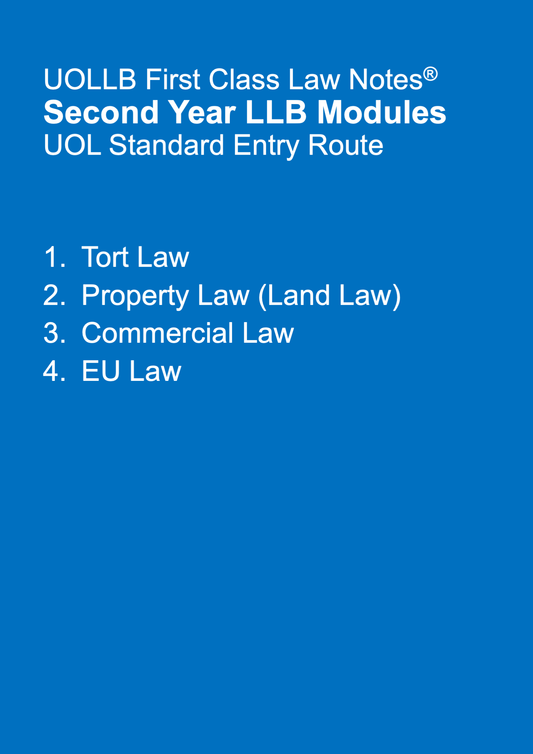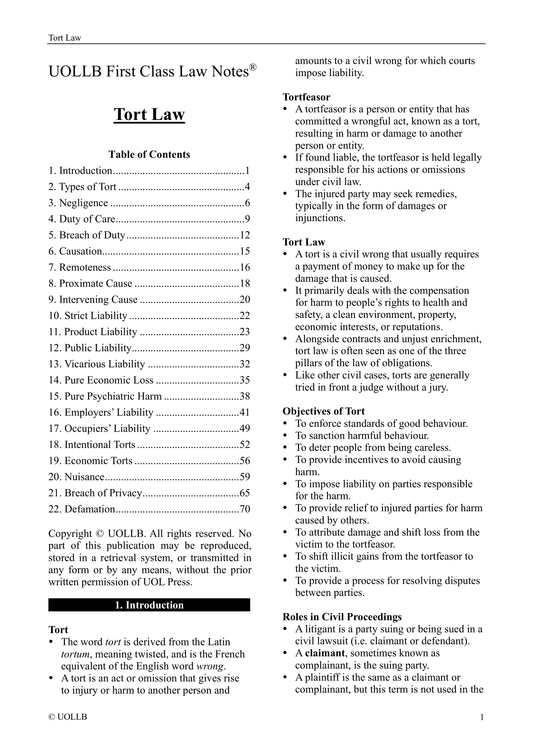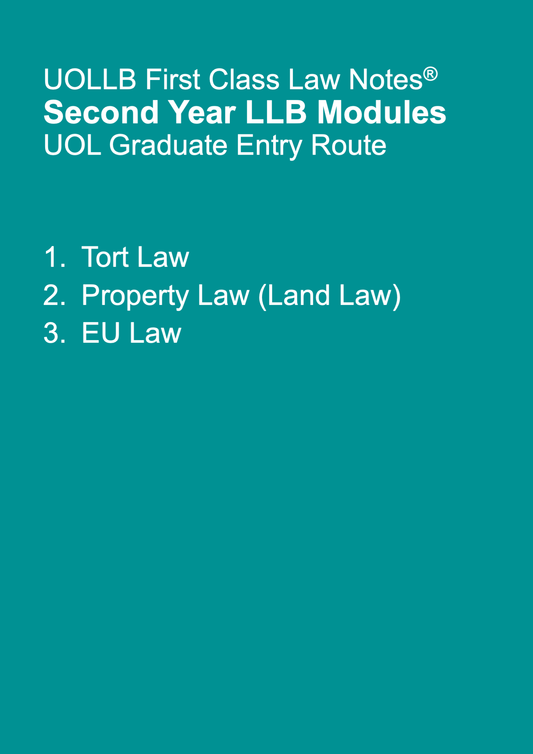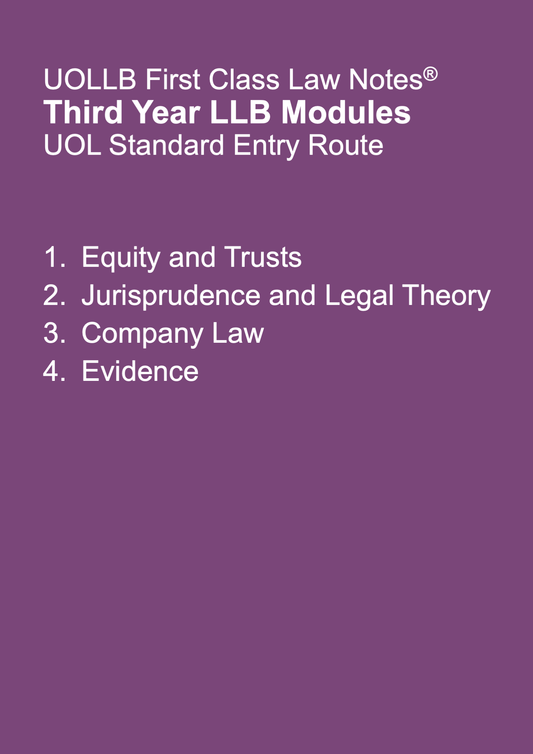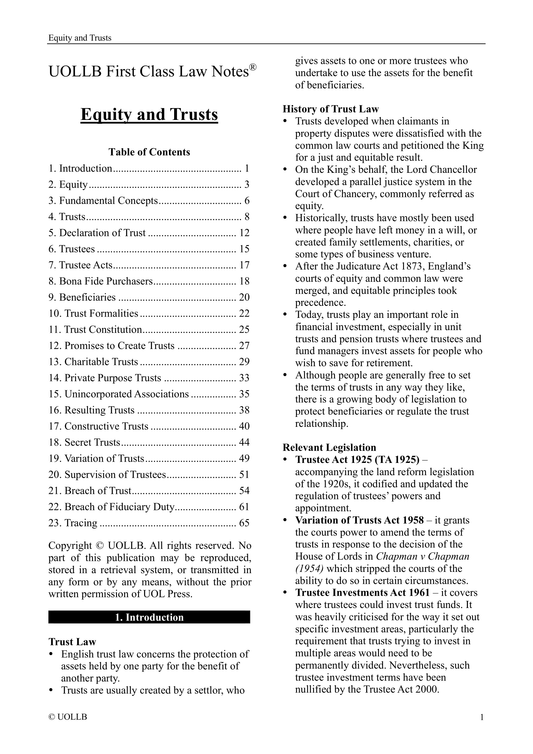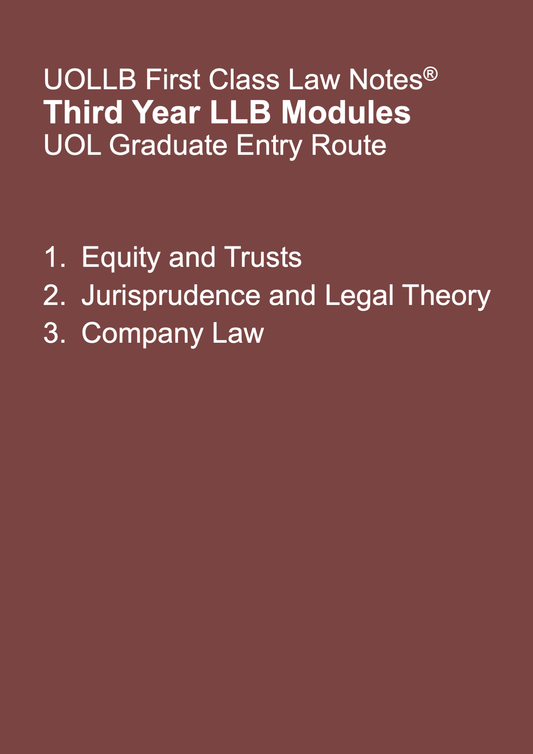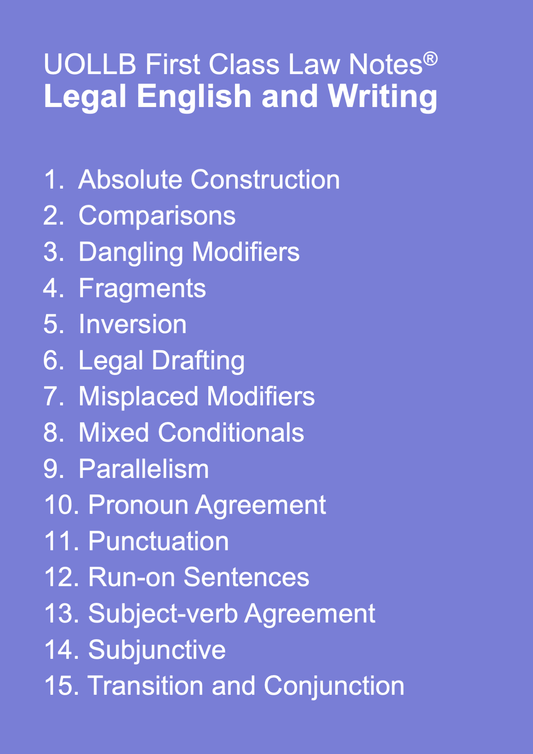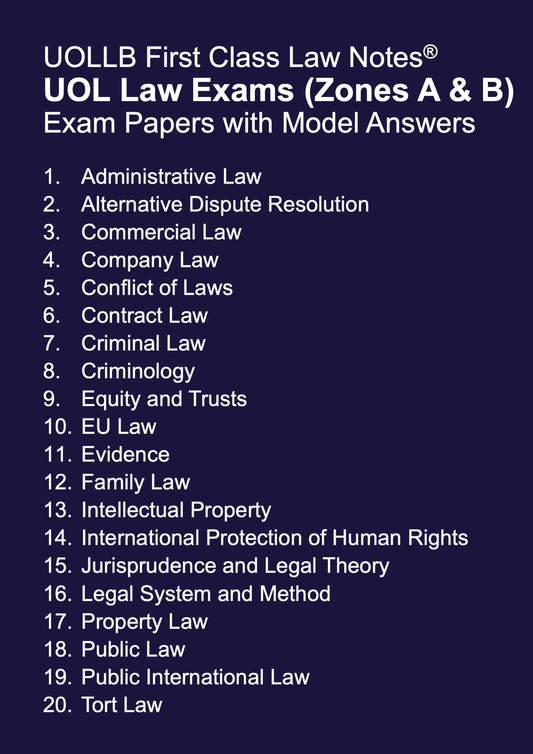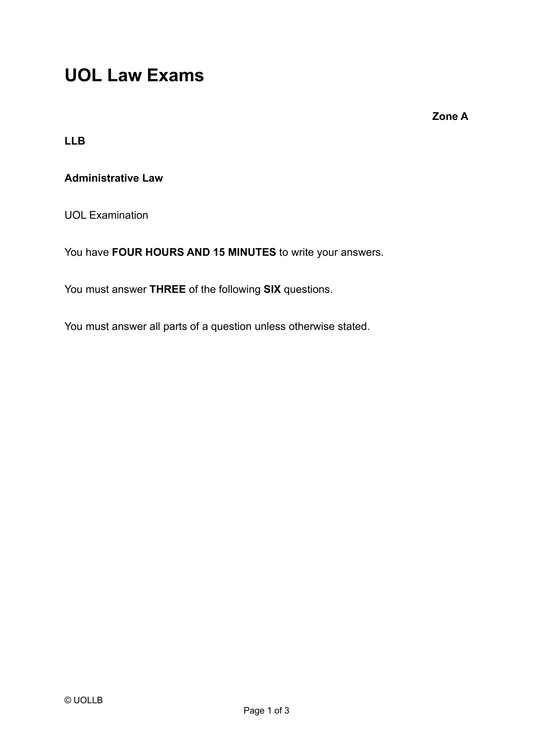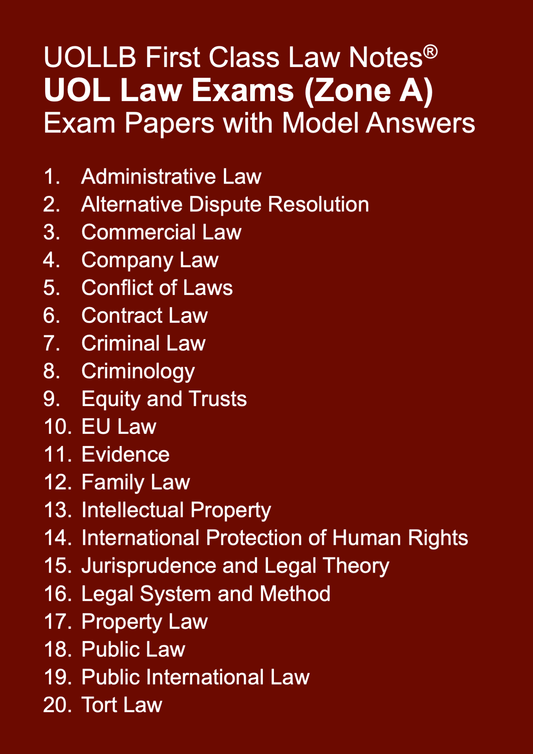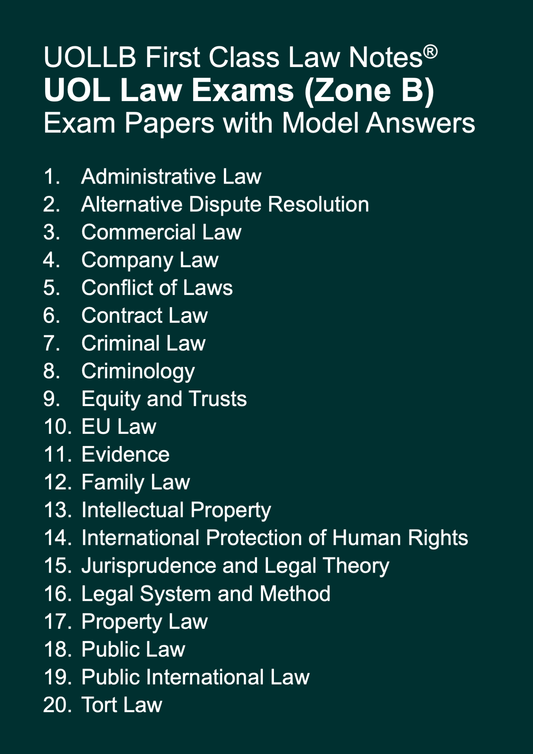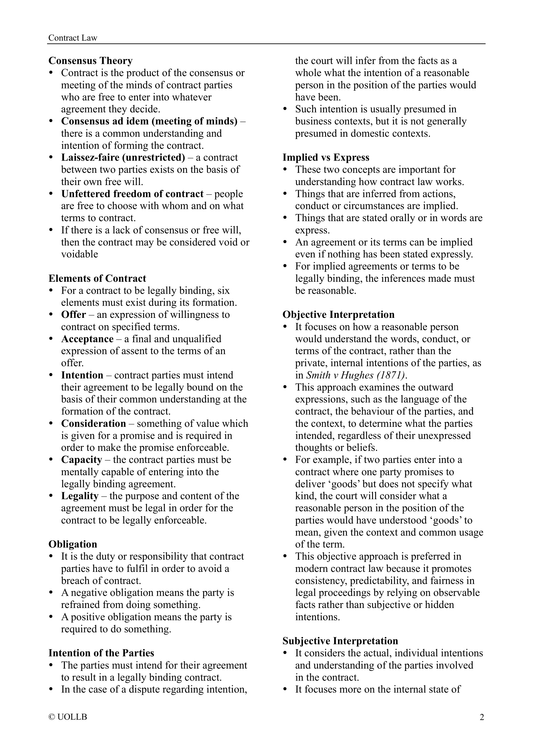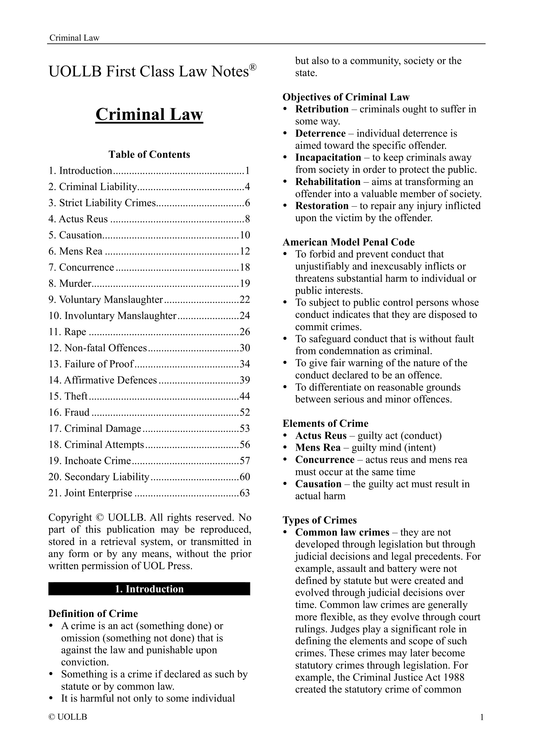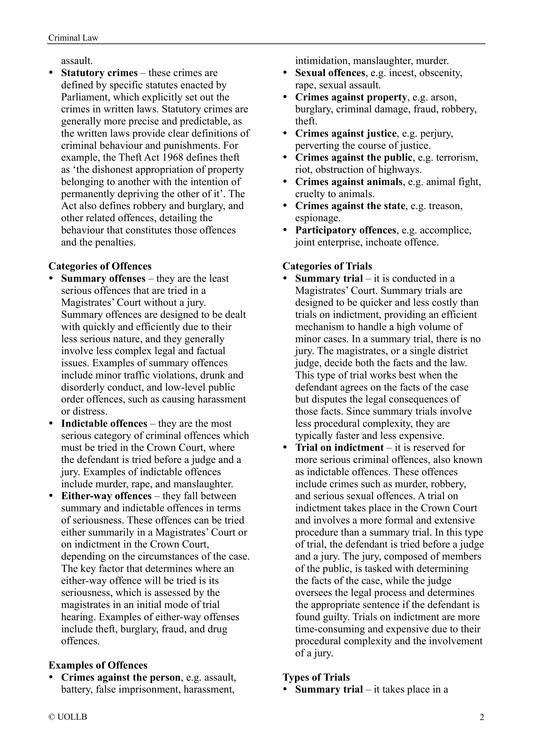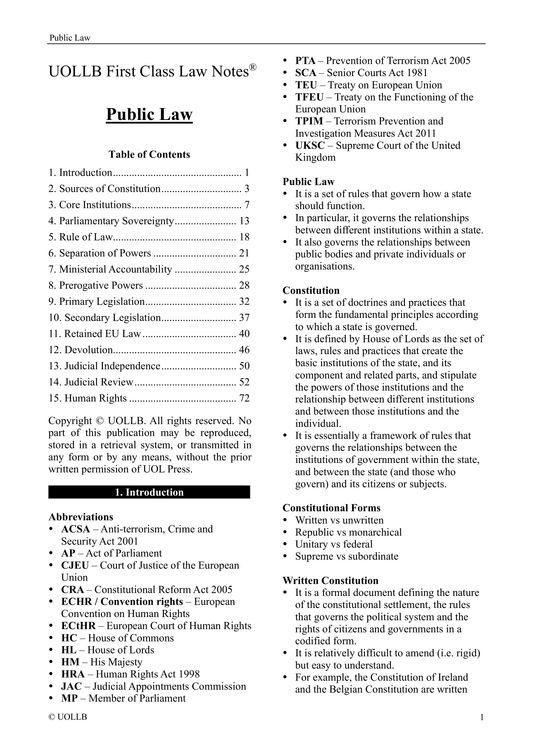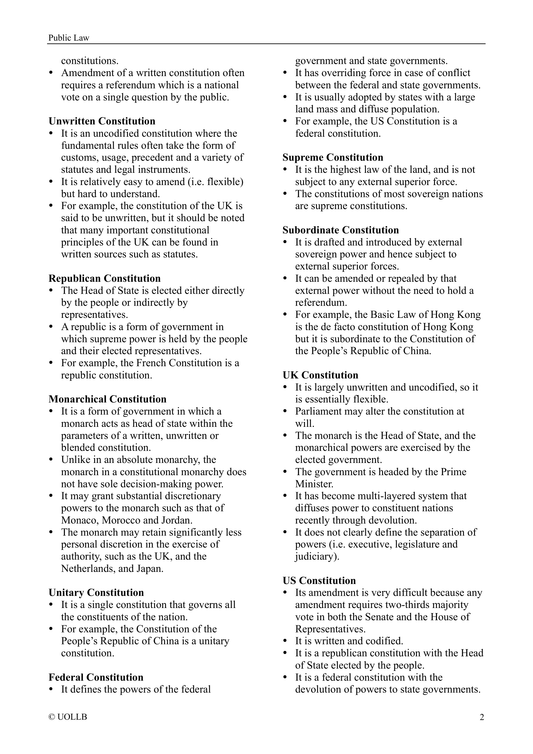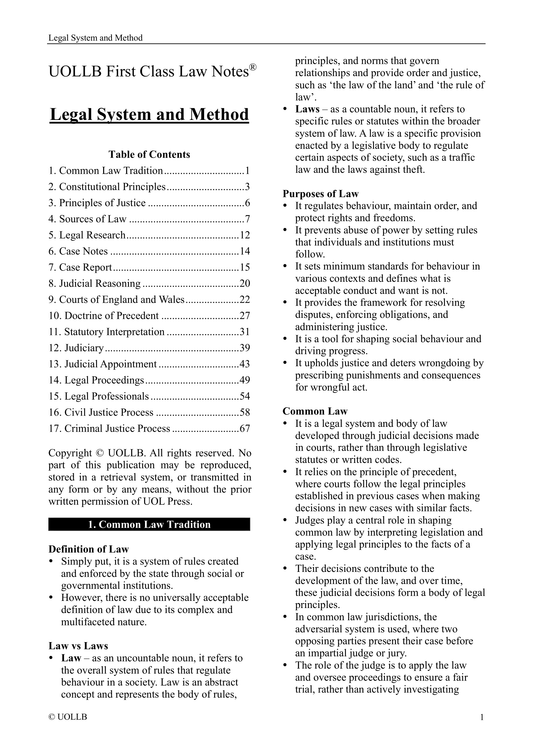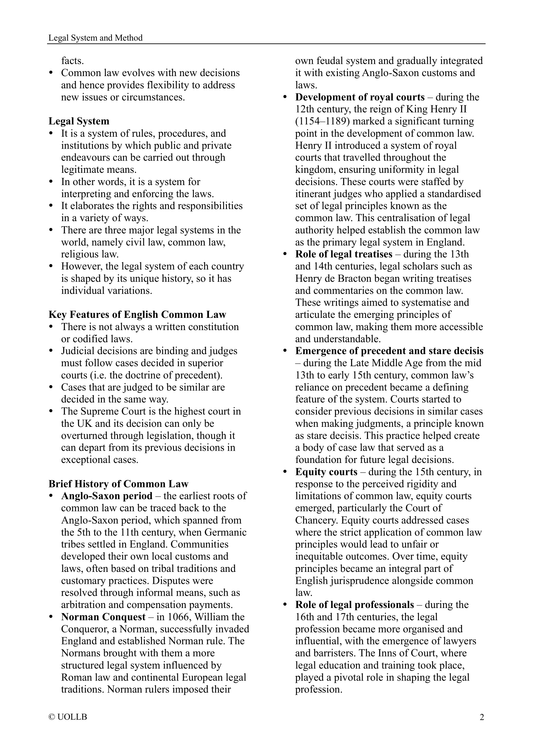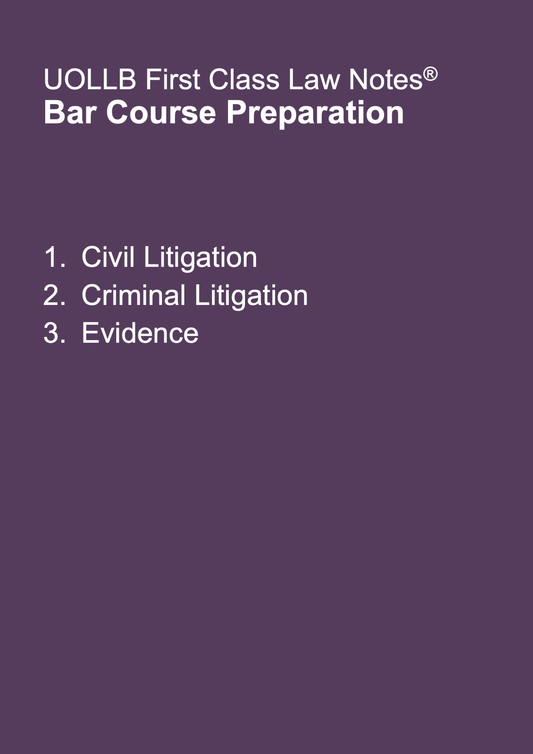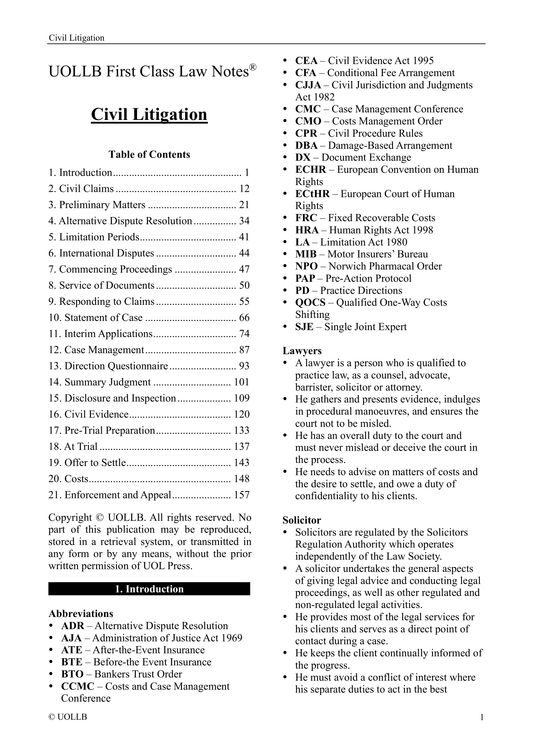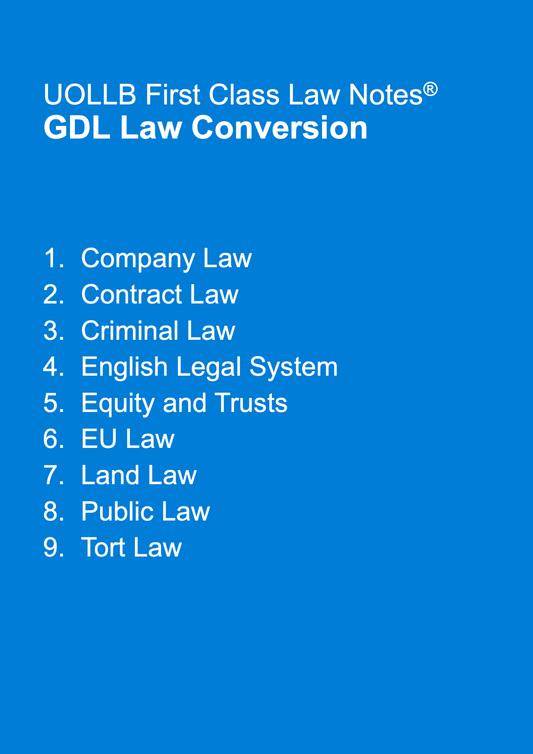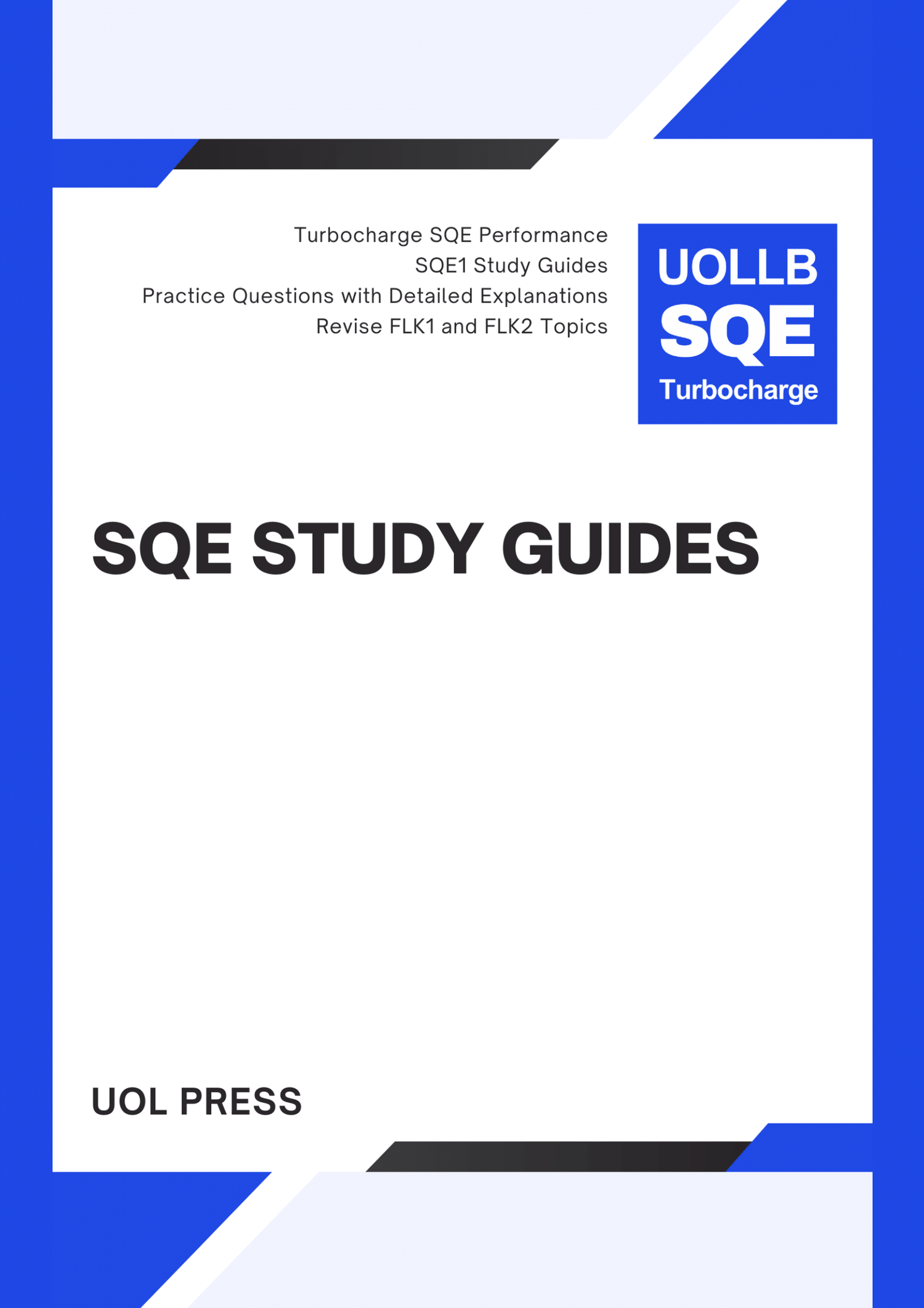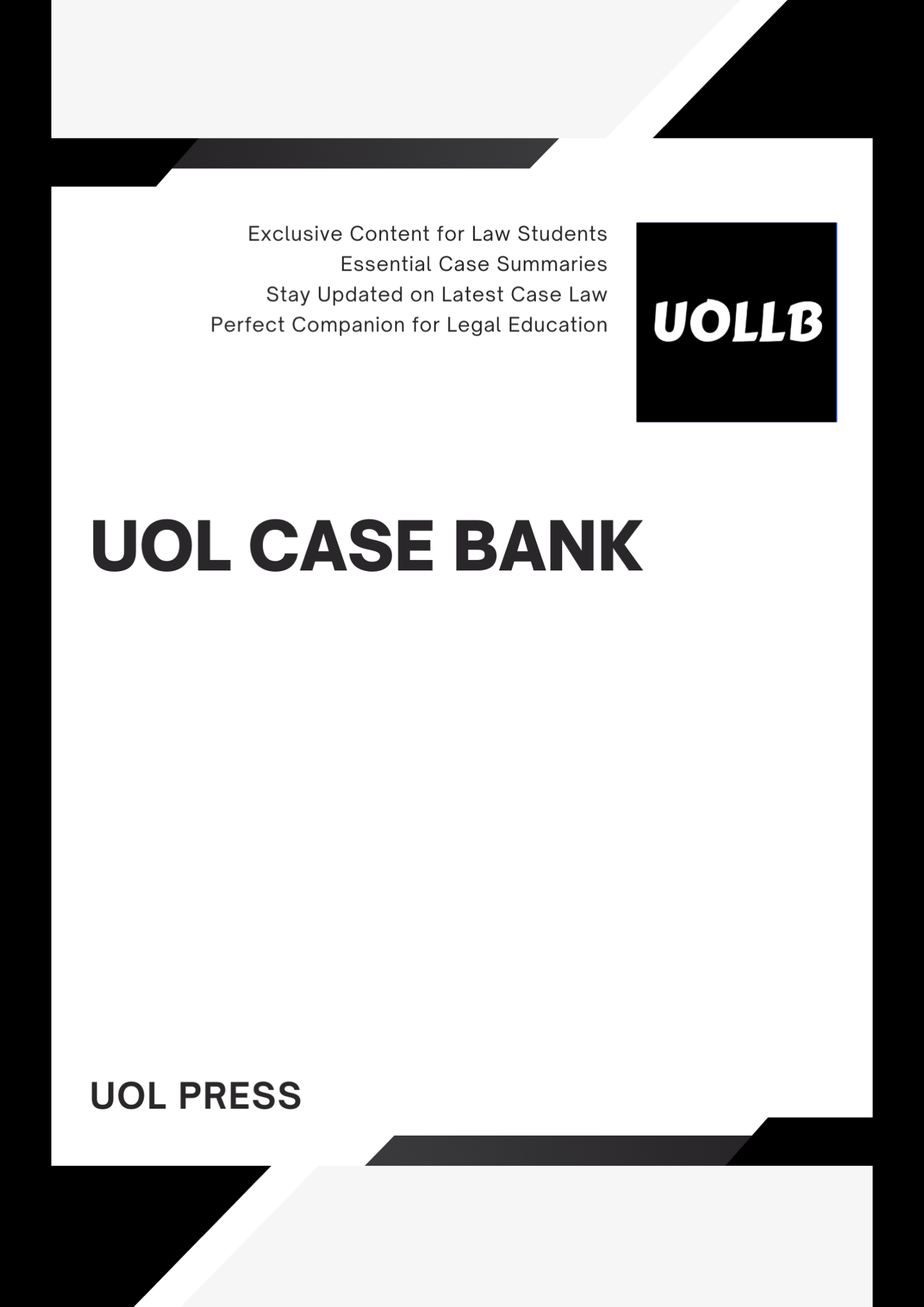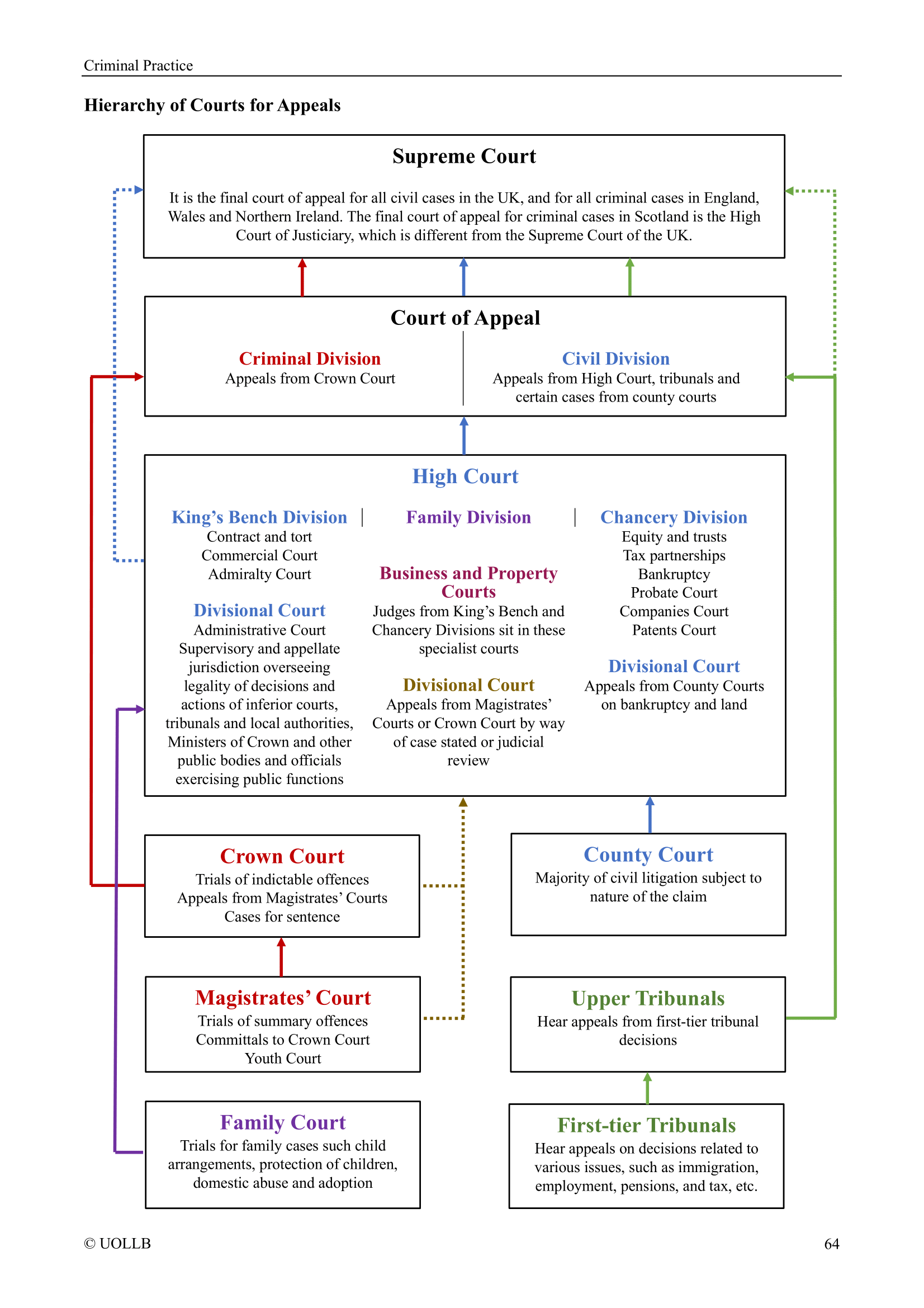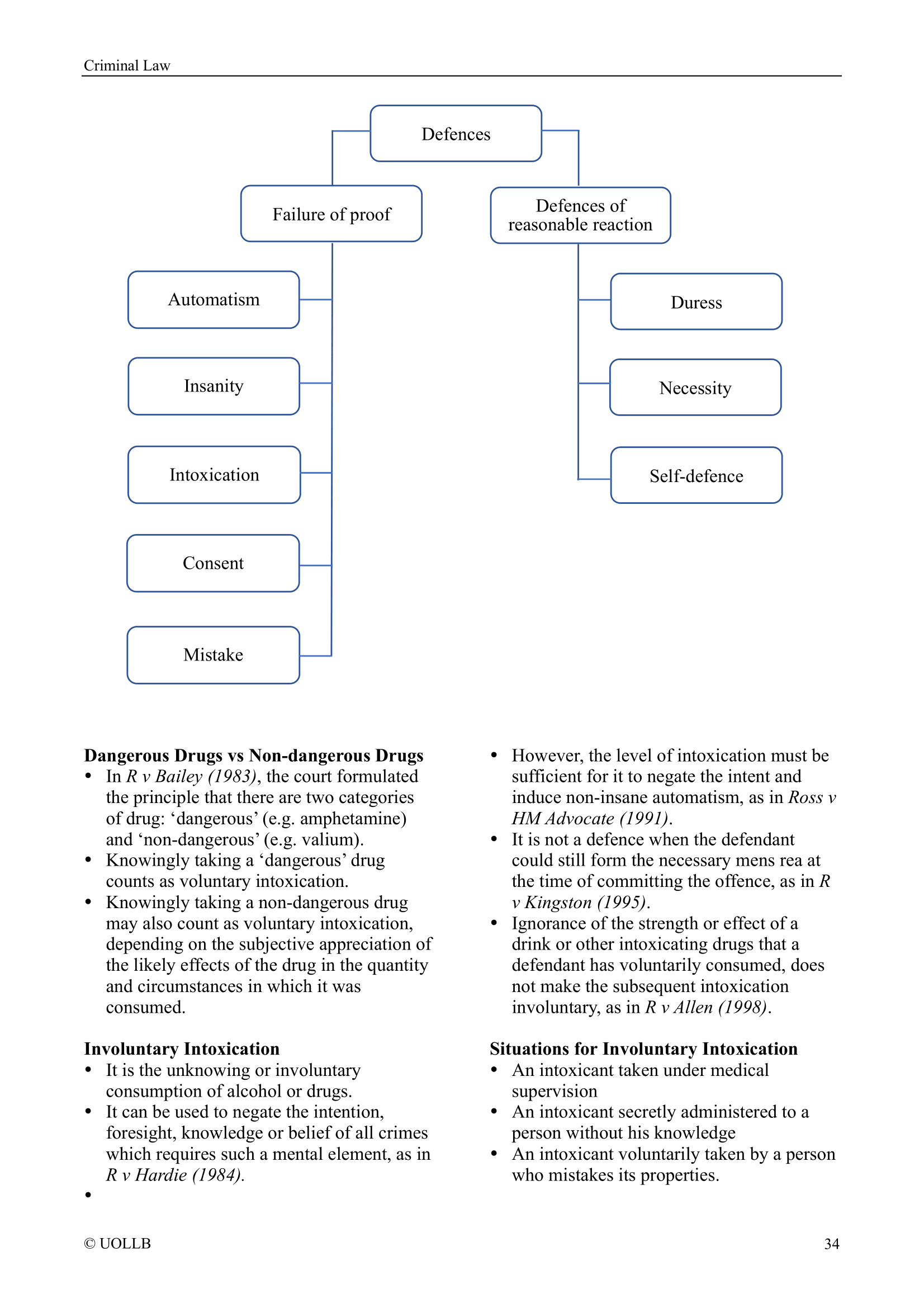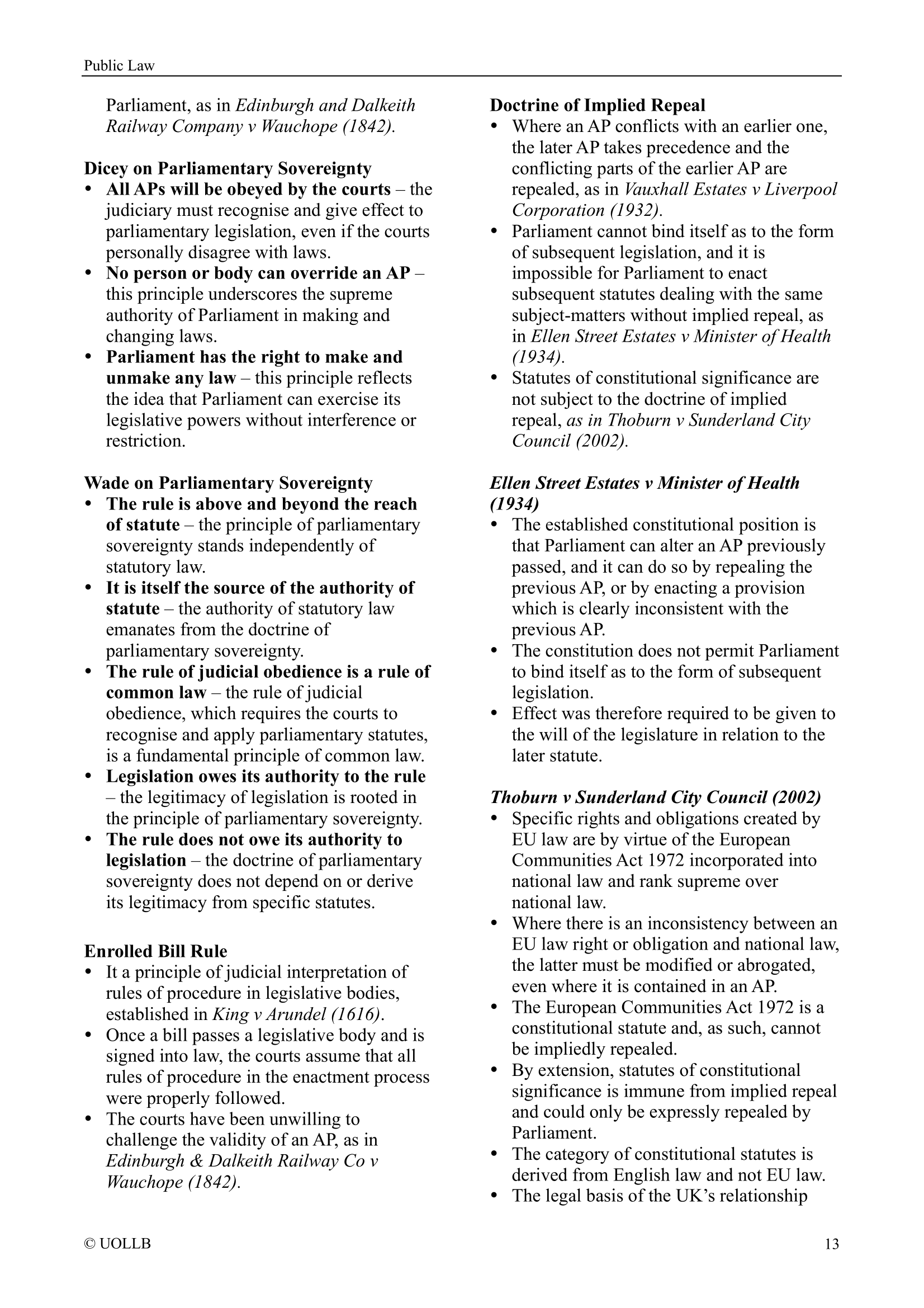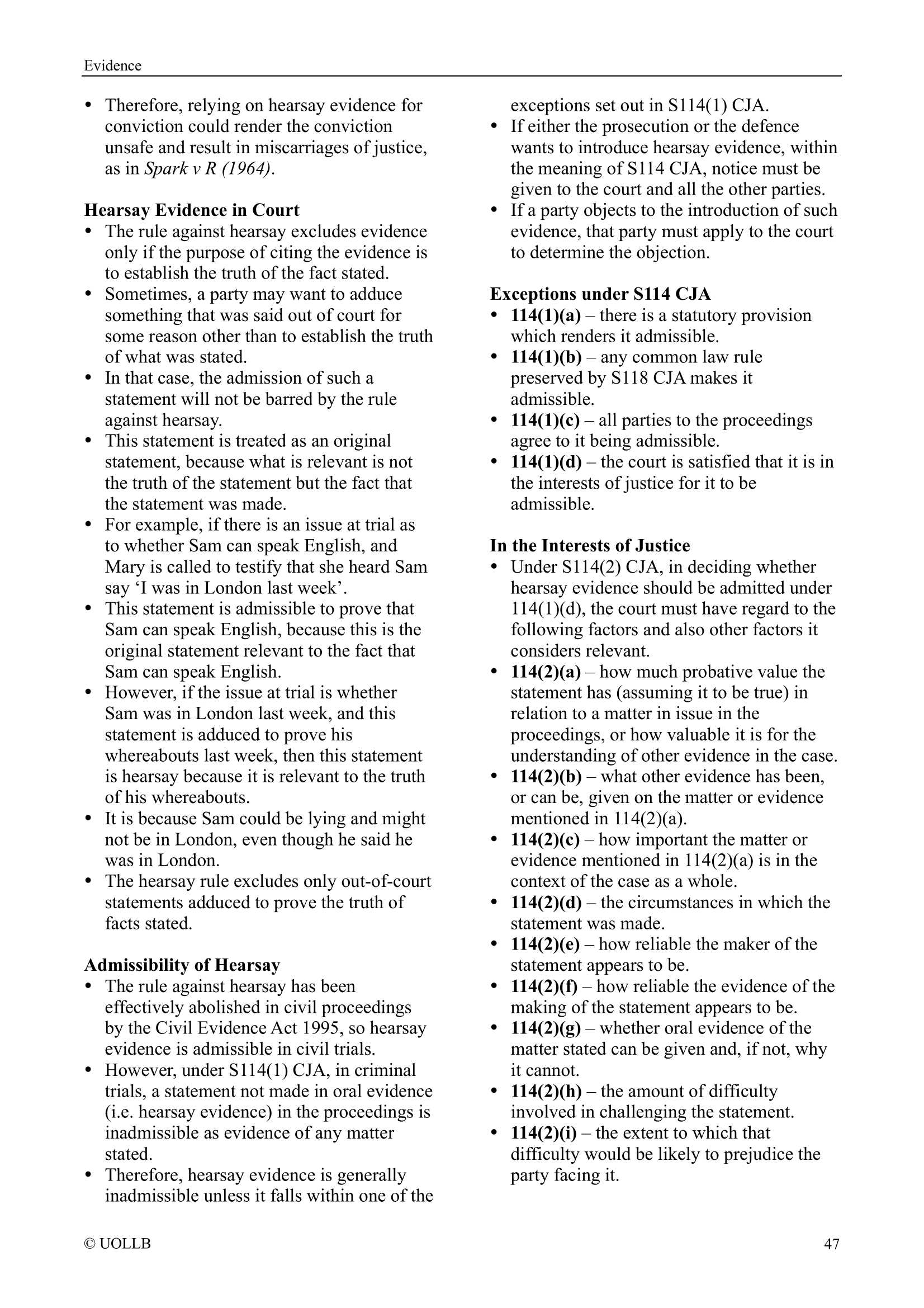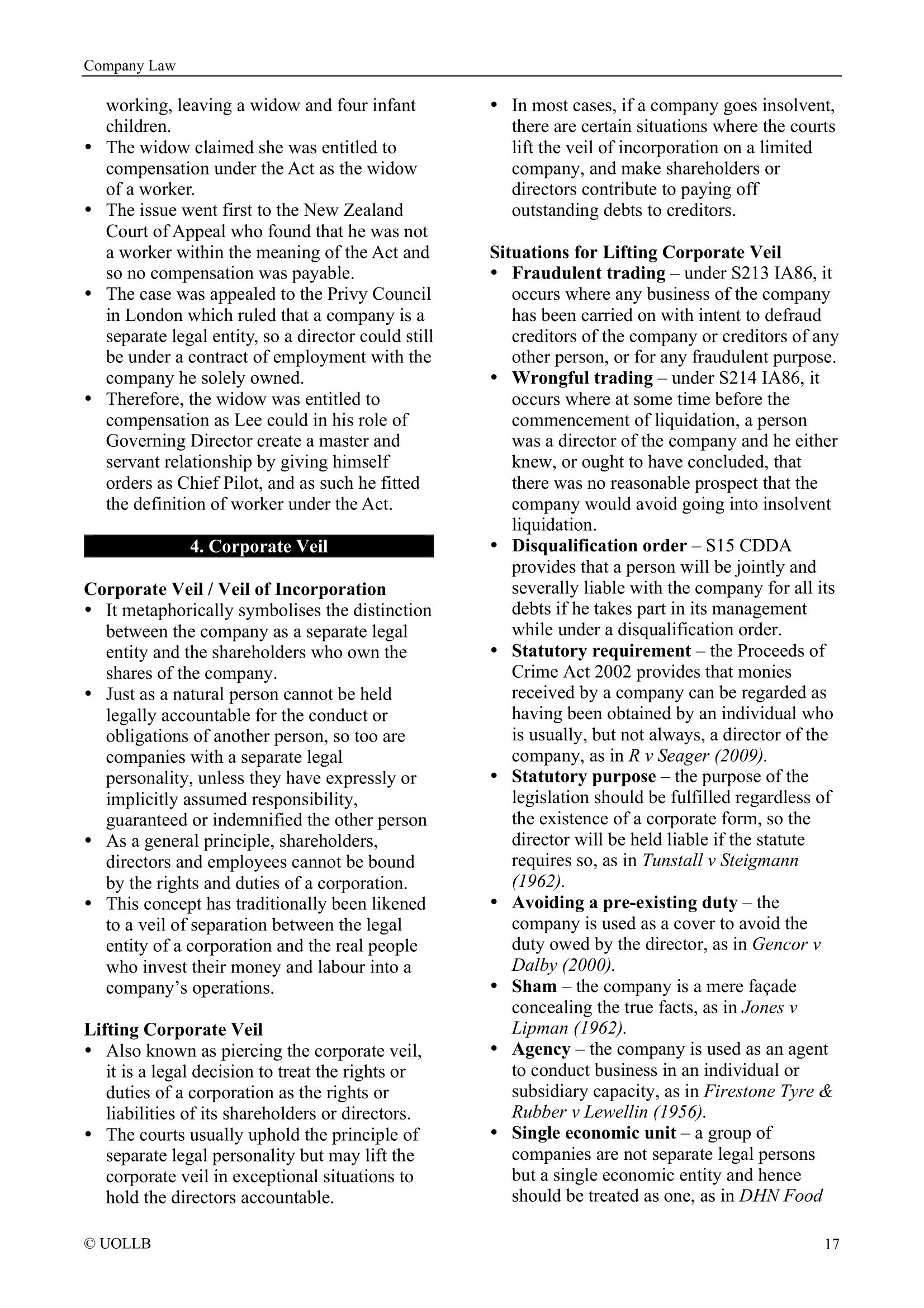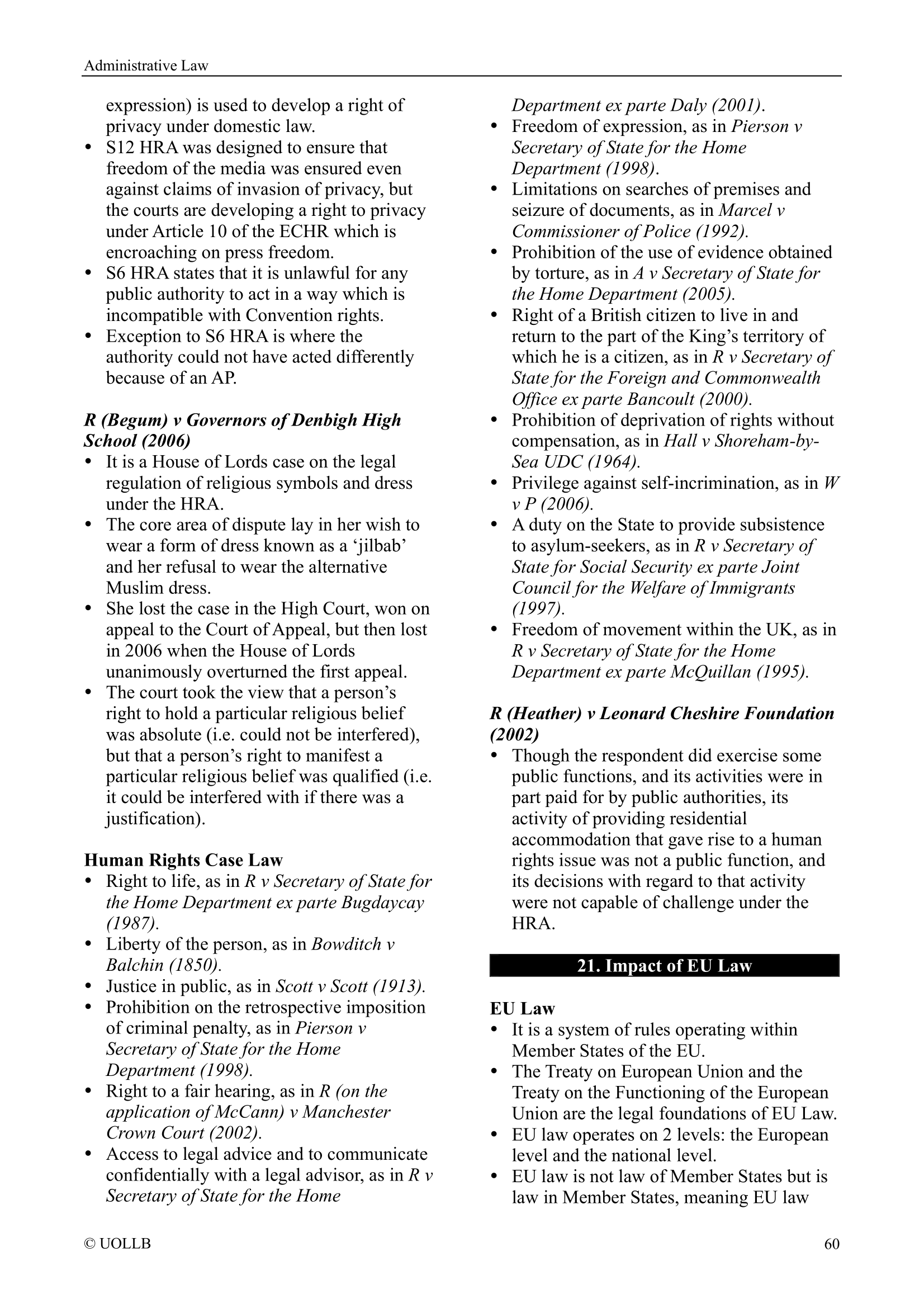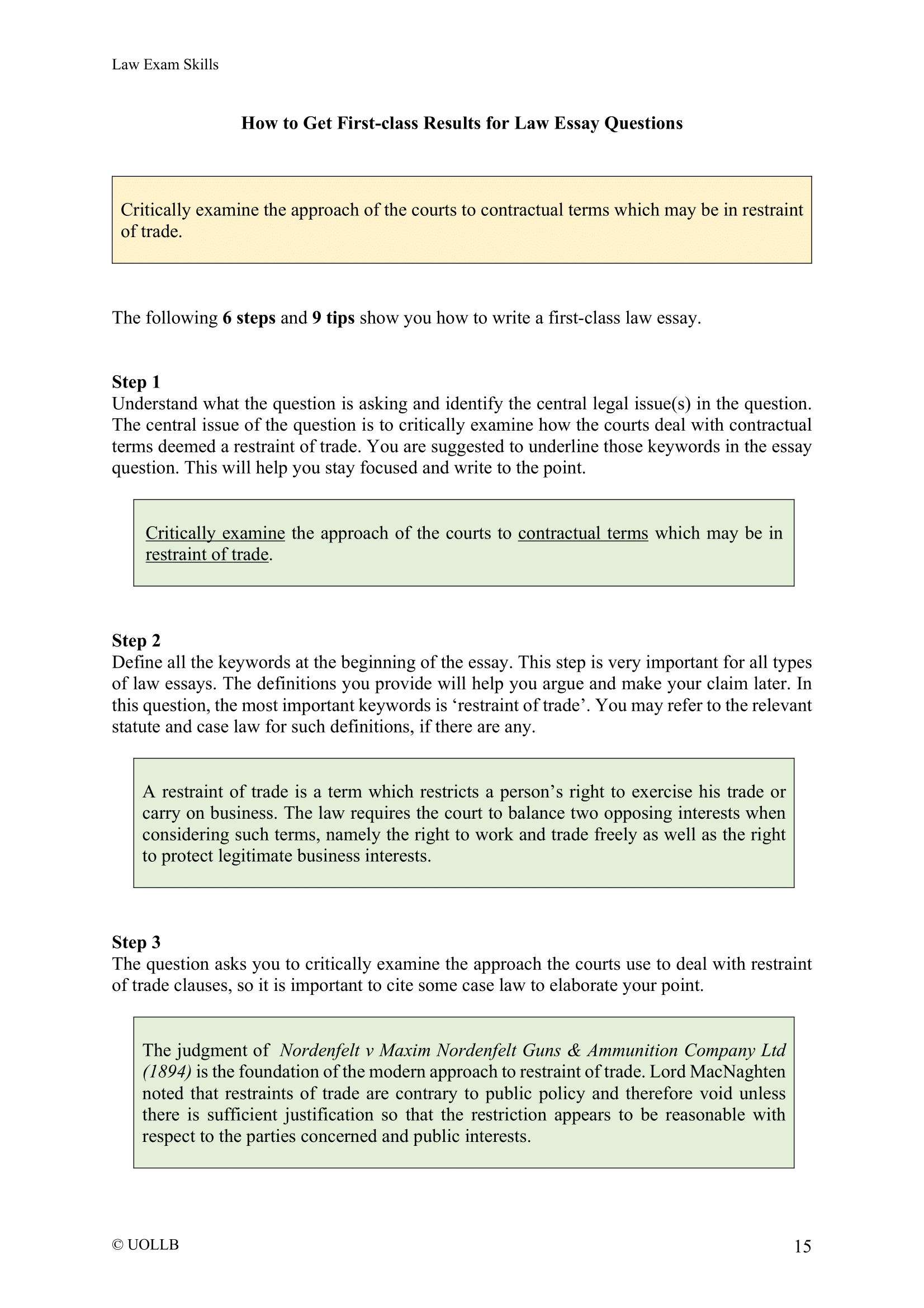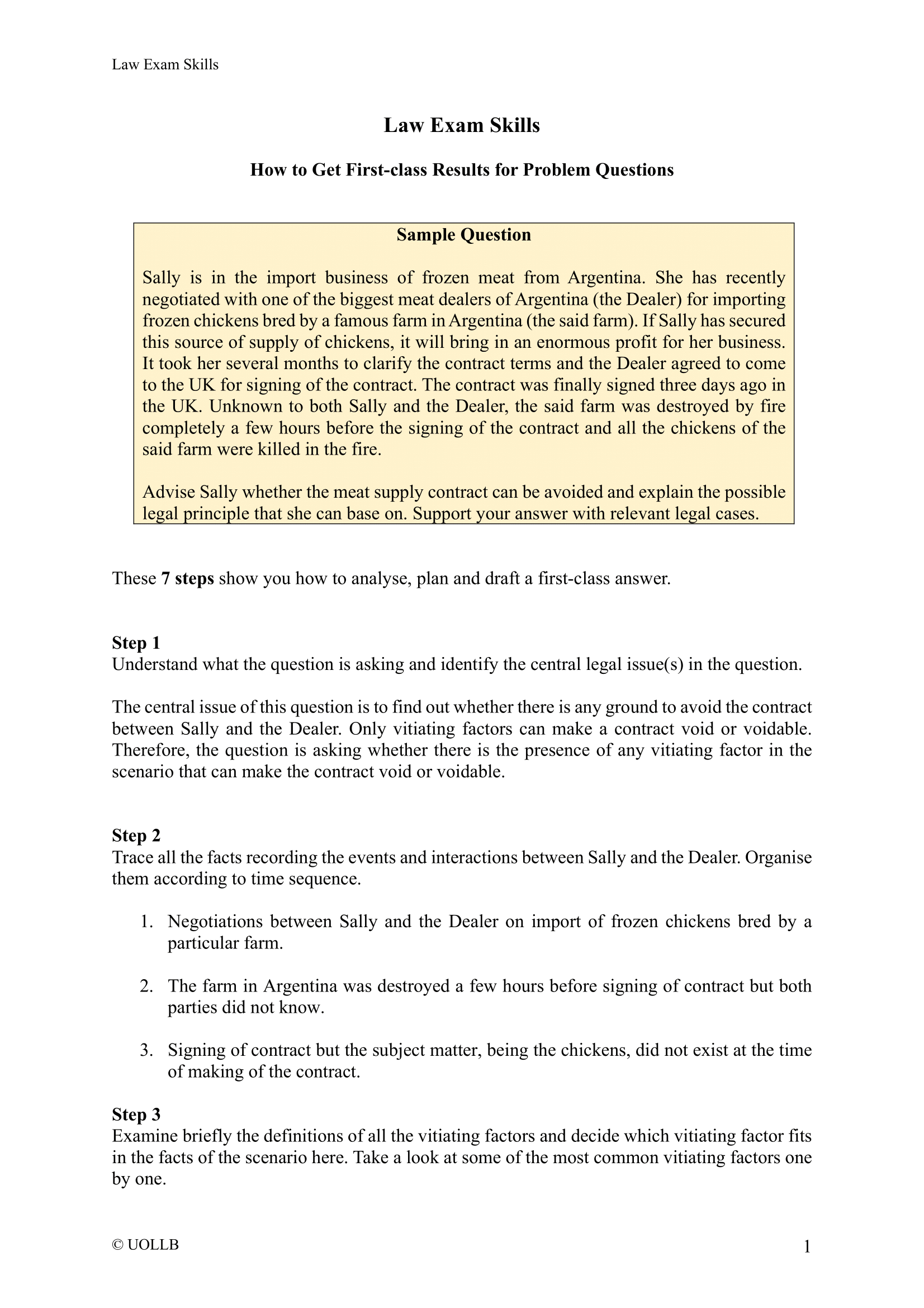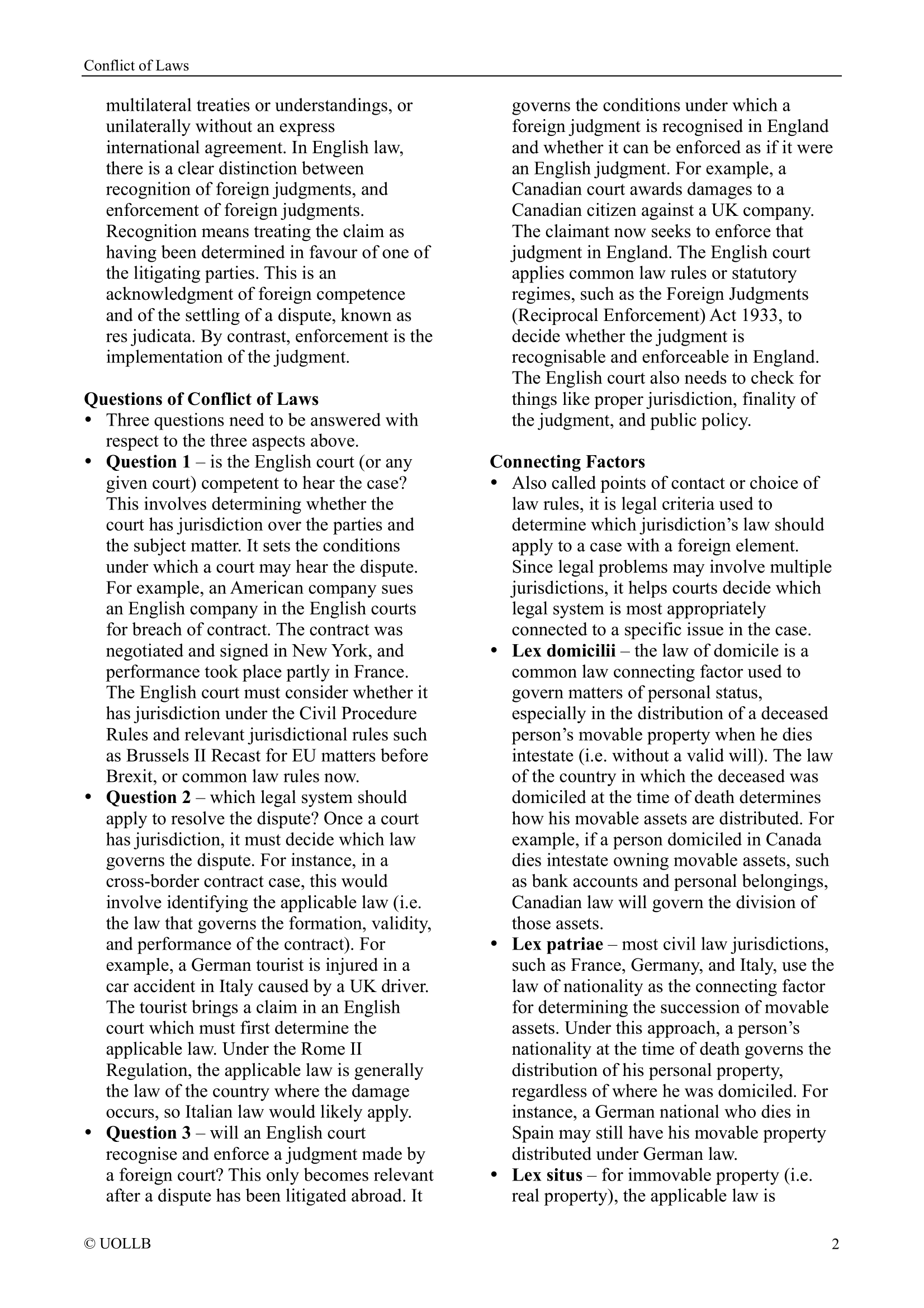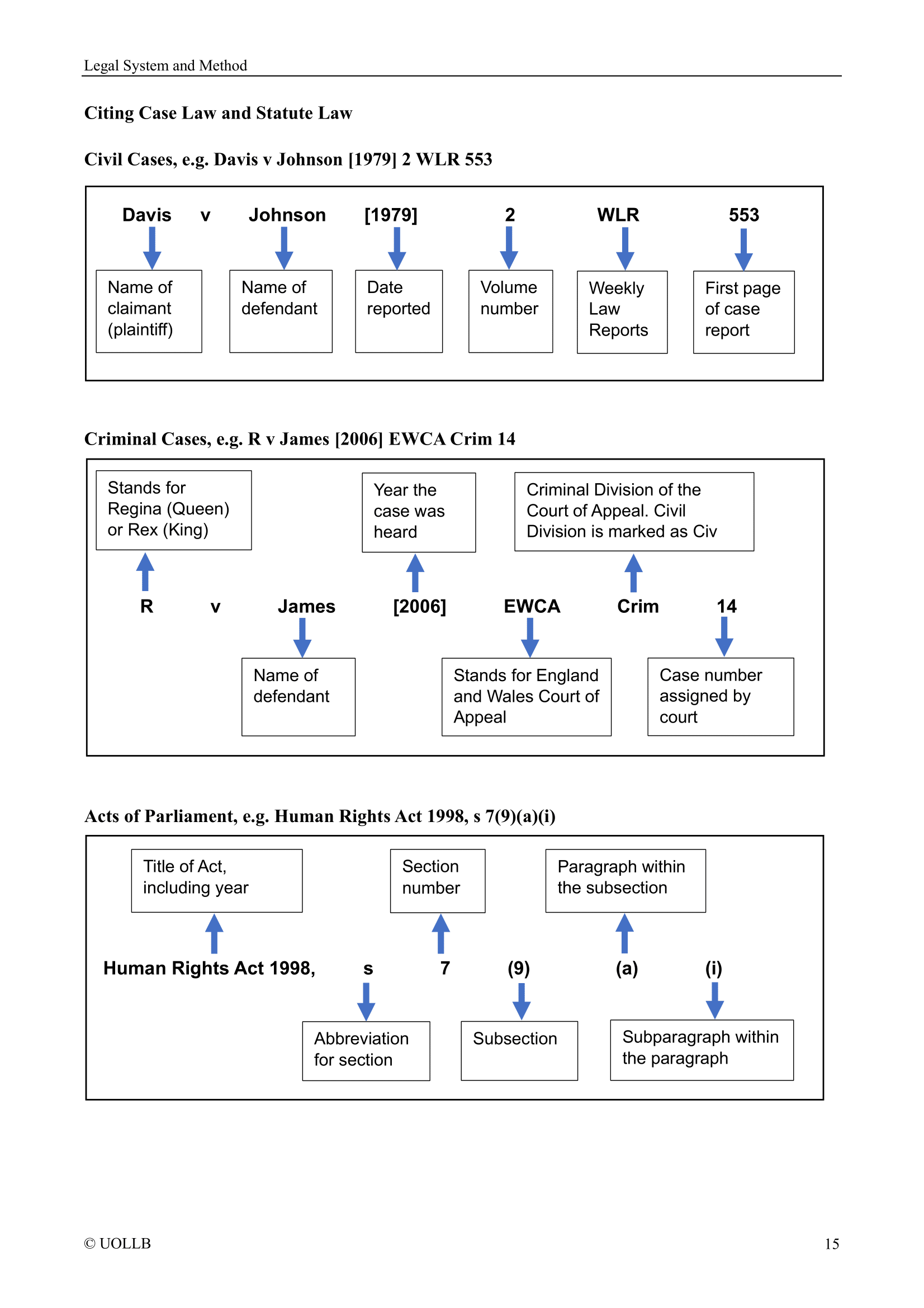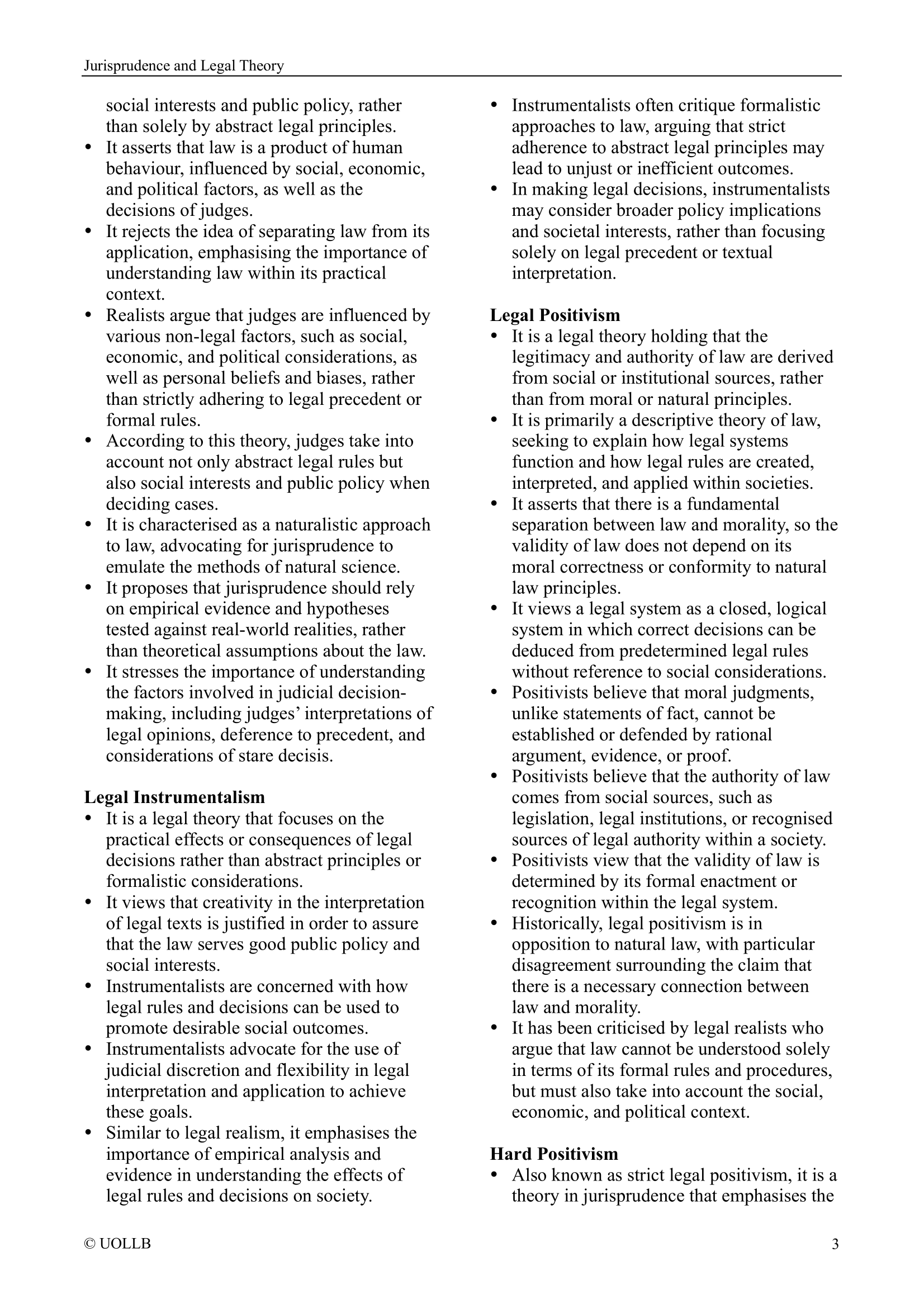20 Longest English Words That Baffle Lawyers
Share
The English language boasts an array of fascinating words, including some of extraordinary length. This introduction will provide a glimpse into the world of the 20 longest words in English. From technical terms to tongue twisters, these words demonstrate the versatility and richness of the language. Let us embark on a journey to explore these linguistic wonders and unravel their meanings.
Pneumonoultramicroscopicsilicovolcanoconiosis (45 letters): A lung disease caused by the inhalation of very fine silica dust, often found in volcanoes. It is an extremely technical and rarely used word, primarily known for being one of the longest words in the English language.
Hepaticocholangiocholecystenterostomies (32 letters): Surgical connections between the liver, bile ducts, gallbladder, and intestines. It describes complex surgical procedures involving multiple organs within the digestive system.
Dichlorodiphenyltrichloroethane (30 letters): A chemical compound commonly known as DDT, which was historically used as an insecticide. It is notorious for its persistence in the environment and its adverse effects on wildlife.
Pseudopseudohypoparathyroidism (30 letters): A genetic disorder with symptoms resembling pseudohypoparathyroidism (24 letters) but with normal levels of calcium and phosphorus. It is a rare condition characterised by skeletal abnormalities and hormonal imbalances.
Electroencephalographically (27 letters): Relating to the recording and interpretation of electrical activity in the brain. Electroencephalography (EEG) (22 letters) is a non-invasive technique used to measure and analyse brain wave patterns.
Honorificabilitudinitatibus (27 letters): A medieval Latin word used by Shakespeare in his play "Love's Labour's Lost." It is a playful and nonsensical word created by Shakespeare, with no specific meaning other than being a tongue-twister.
Immunoelectrophoretically (26 letters): Pertaining to a laboratory technique combining electrophoresis and immunodiffusion for the separation and identification of proteins. Immunoelectrophoresis is used to analyse and characterise proteins based on their electrical charge and antigen-antibody interactions.
Psychoneuroendocrinological (26 letters): Relating to the branch of science that studies the interactions between the mind, nervous system, and hormones. It encompasses the multidisciplinary study of the connections between psychology, neurology, and endocrinology.
Antitransubstantiationalist (24 letters): Referring to someone who opposes the doctrine of transubstantiation. Transubstantiation is the belief in some Christian traditions that the bread and wine used in the Eucharist actually become the body and blood of Christ.
Spectrophotofluorometrically (24 letters): Pertaining to the measurement of fluorescence and absorption of light by a substance. Spectrophotofluorometry is a scientific technique used to analyse the fluorescence emission of a substance when exposed to light of different wavelengths.
Antiestablishmentarianism (23 letters): Opposition to the established social, political, or cultural order. Antiestablishmentarianism rejects the prevailing systems or structures in society and advocates for alternative or revolutionary approaches.
Disestablishmentarianism (22 letters): The movement or ideology advocating for the separation of church and state, particularly the removal of an established church. Disestablishmentarianism questions the privileged status and support given to a particular religious institution by the government.
Otorhinolaryngological (22 letters): Pertaining to the study of the ears, nose, and throat. It is a specialised medical term used to describe the field of medicine that focuses on the diagnosis and treatment of disorders related to the ear, nose, and throat (ENT).
Paraprofessionalisation (22 letters): The process of granting professional status or characteristics to a group that is not fully qualified or trained. It refers to the elevation of certain occupations or roles to a higher professional standard, even though they may not require the same level of formal education.
Deinstitutionalisation (20 letters): The process of releasing individuals from long-term institutional care, such as mental hospitals, and reintegrating them into society. Deinstitutionalisation aims to provide community-based alternatives and support for individuals with mental health conditions.
Psychopharmacological (20 letters): Relating to the study of drugs or medications used in the treatment of psychological disorders. Psychopharmacology examines the effects of drugs on brain function and behaviour.
Constitutionalisation (19 letters): The process of incorporating constitutional principles into a legal or political system. Constitutionalisation involves the recognition and implementation of constitutional norms, rights, and structures within a governing framework.
Incomprehensibilities (19 letters): The plural form of "incomprehensibility," which refers to the quality of being impossible to understand or comprehend. It describes something that is excessively complex, intricate, or beyond the grasp of comprehension.
Photolithographically (19 letters): Referring to a process of printing using photographic techniques and lithography. Photolithography is a method of creating intricate patterns on a surface, commonly used in microfabrication and semiconductor manufacturing.
Neurofibromatosis (18 letters): A genetic disorder that causes the growth of tumours on nerve tissue. It is a condition characterised by the development of benign tumours in the nervous system, which can lead to various health complications.
The exploration of the 20 longest words in English has offered a captivating glimpse into the complexity and diversity of the language. From specialised medical terms to whimsical creations, these lengthy words demonstrate the breadth of English vocabulary and its ability to express intricate concepts.
